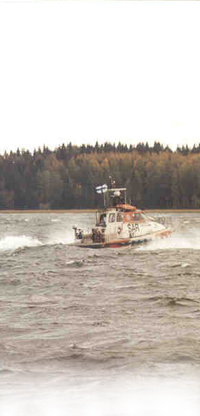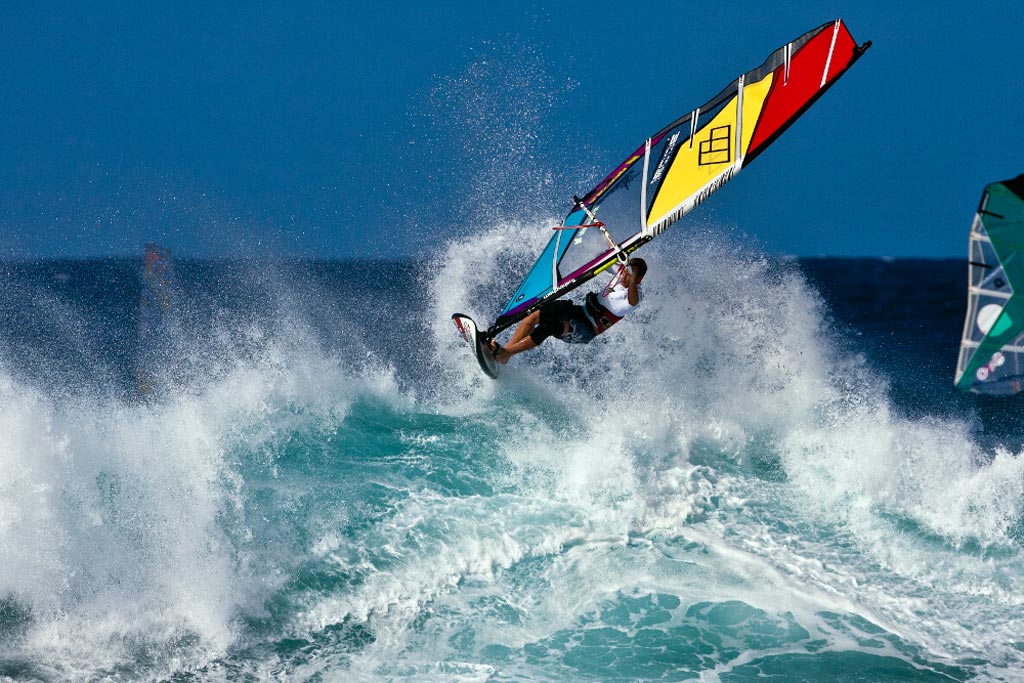
Cold Shock, Kylmäsokki
Lähdeaineisto, Source Material
Sea Kayaker Magazine
http://www.seakayakermag.com/index.html
http://www.seakayakermag.com/2008/articles_REVIEW08.htm
http://www.seakayakermag.com/2008/Feb08/cold-shock.htm
Cold Shock
Over 15 years ago, Moulton Avery wrote an excellent article in this magazine (“Cold Shock,” SK, Spring ’91), noting that “immersion in cold water kills more sea kayakers than any other factor in our sport.” Cold shock has been observed in people sensitive to cold at water temperatures as high as 77°F (25°C). In water below 60°F (15°C), the effects of immersion become significantly life-threatening to everyone. The lower the temperature, the more severe the symptoms. The effects of cold shock are completely out of your conscious control. If you don’t protect yourself from cold water, they will happen to you whether you like it or not. If you really don’t believe that it will affect you, the next time you take a shower, turn the cold water on full blast and aim it at your belly button. You will soon be a believer.
Cold shock is caused by rapid skin cooling and can kill within three to five minutes after immersion. On initial immersion, you make a huge inspiratory gasp. Being immersed in near-freezing cold water is also extremely painful, and the sudden sensation of acute pain can accentuate the inspiratory gasp. The gasp is followed by severe hyperventilation: a fourfold increase in your breathing rate. It is not uncommon for you to be panting at a breathing rate of up to 65 times a minute in this critical stage, so there is no chance to hold your breath. Indeed, in water below 60°F, your breath-holding ability is reduced by 25–50 percent. If the water is near freezing, even after the effects of cold shock have settled, you’ll only be able to hold your breath for about 12–17 seconds.
The rapid breathing rate on its own can cause muscle spasms of the limbs and chest. All of these breathing irregularities increase the risk of drowning if you dip underwater or have a wave splash over your face. It only takes an inhalation of about five ounces (150 ml) of water to cause drowning. Drowning is a combination of cardiac arrest and suffocation. Your heart stops beating within one to two minutes after you have inhaled a significant amount of either fresh- or seawater. Water in the lungs compromises your ability to exchange oxygen, and because respiratory movements may occur for up to five minutes when underwater, water can continue to be drawn into your lungs.
Cold shock also causes a massive increase in heart rate and blood pressure. These cardiac responses may cause death, particularly in older, less healthy people.
The intense effects of cold shock last two to three minutes and will settle down after about five minutes of immersion. This period of involuntary reactions is just at the critical stage of sorting yourself out after your kayak has flipped and you’re working to adjust to the wind and waves and avoid inhalation of water.





